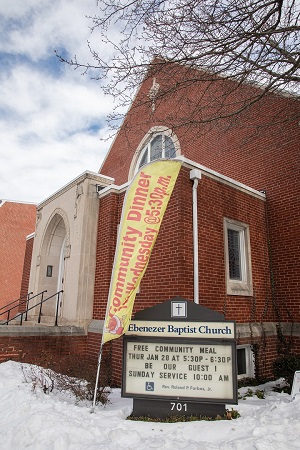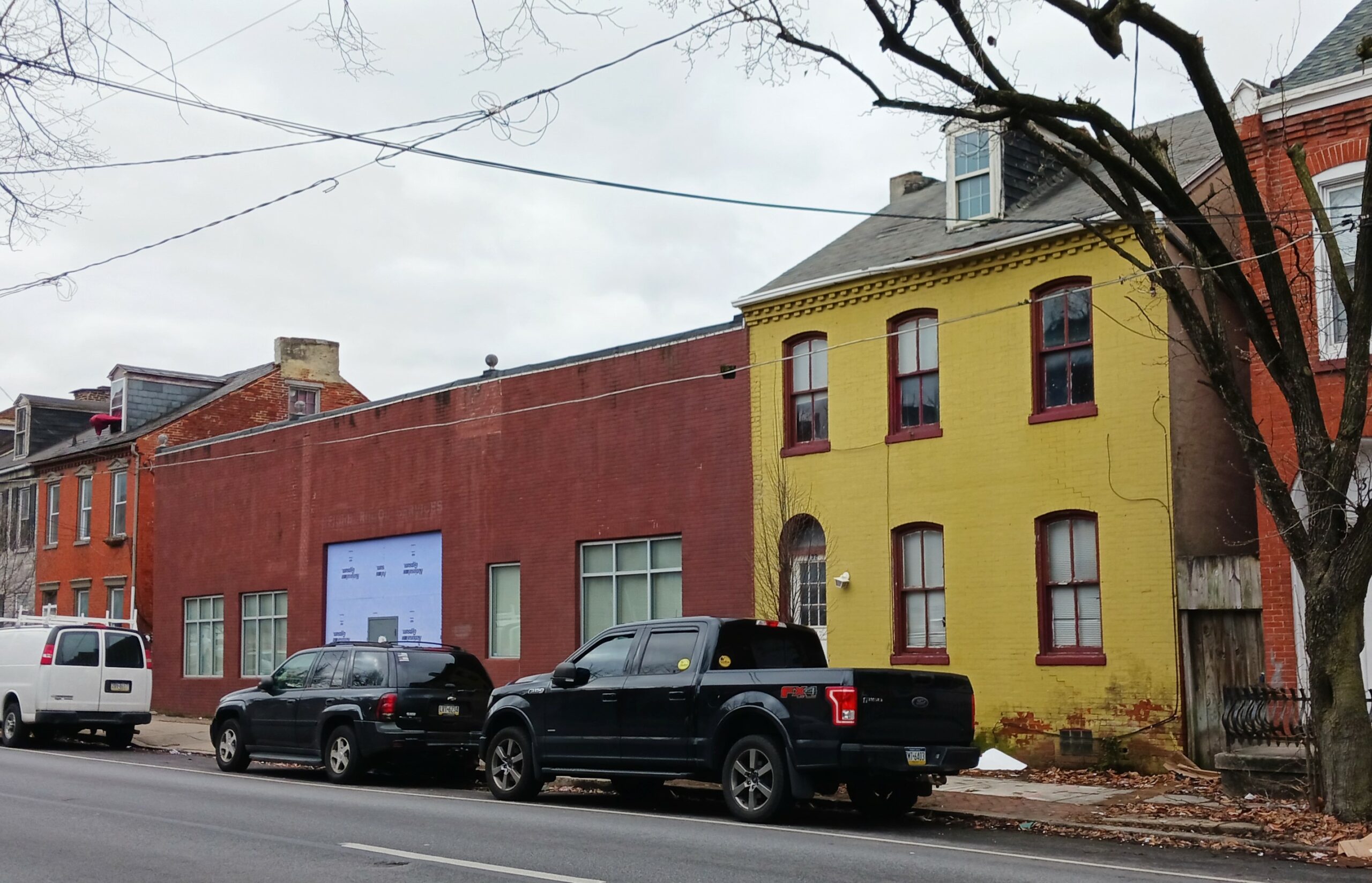City Hall and the Lancaster County Redevelopment Authority are halfway toward enacting a joint plan to expand homelessness services in Lancaster.
This week, the board of the authority, which houses the administration of the Lancaster County Homelessness Coalition, approved an intergovernmental agreement with the city outlining the initiative.
City Council is scheduled to discuss the agreement at its committee meeting Monday, setting up a vote later in April.

The plan (PDF) has two main parts. The first calls for the city and the authority to recruit a provider to supply an additional 40 emergency shelter beds in Lancaster by this fall, continuing through August 2025.
The Lancaster County Food Hub’s shelter at Ebenezer Baptist Church has 40 beds, so the added beds would double that, to 80 beds. (The count excludes the emergency shelter capacity at Water Street Mission.)
Meanwhile, the authority is to renovate 134 S. Prince St., the property it recently acquired from Milagro House, into a permanent center for homelessness services. It will have a minimum occupancy of 60 beds and incorporate wraparound support services.
The plan calls for the center, located one block north of Water Street Mission, to come online by April next year. The renovation plans and budget are still in process, authority Executive Director Justin Eby said.
Under the agreement, the city is to provide $1.6 million for the collaboration, with $800,000 going toward the emergency shelter contract and $800,000 toward the permanent homelessness shelter.
The money will come from the city’s American Rescue Plan Act allocation. City Council appropriated the $1.6 million last year in conjunction with its award of $7.4 million from ARPA for affordable housing construction and renovation, but it was not allocated because the details of the collaboration with the county authority had not yet been worked out.
That permits City Council to allocate it now by resolution, city Chief of Staff Jess King said, which would allow enactment with a vote at Council’s April 11 meeting.
Need for services

Concerns about increased housing instability and homelessness intensified during the pandemic and the problem remains acute. The draft plan says emergency shelter in the city “has been continuously operating at or near capacity, and that 30 to 40 people remain unsheltered in and around Lancaster.”
That’s based on data gathered during this past winter’s Code Blue cold-weather outreach efforts; specifically, in the two instances when the coalition partnered with the Food Hub to set up a temporary overnight shelter at its garage.
It accommodated around 40 people or so. That helped a lot, but the garage isn’t suitable for a permanent shelter, the coalition says.

Homeless individuals and others frequently congregate in Binns Park and under the eaves of the surrounding buildings, primarily the County Government Center at 150 N. Queen St. Earlier in March, LNP reported that the county was considering fencing off the center due to chronic problems with people leaving unsanitary waste and harassing county employees.
Since then, activity in the park has diminished considerably, LNP said in a follow-up article. Lancaster city is planning to renovate the park, with work beginning in mid-May and lasting until late summer.
The coalition says it is working on a long-term comprehensive action plan. The city’s and authority’s project plan says Lancaster “needs longer-term solutions to increase access to transitional and permanent supportive housing to alleviate pressure on emergency shelters and provide next step options for those exiting homelessness.”






